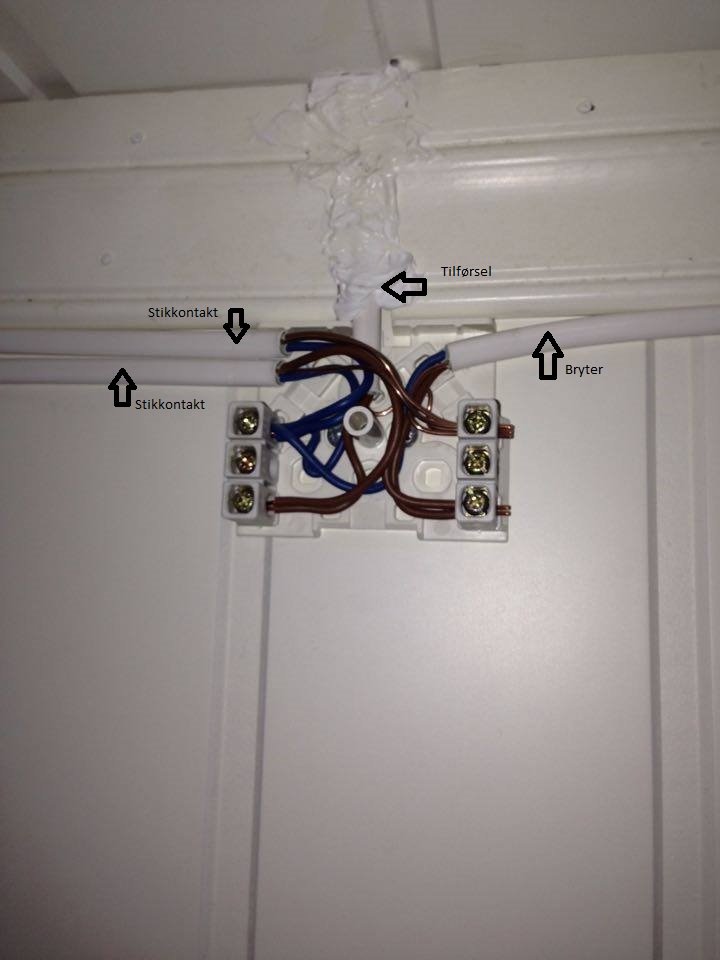Learn about the conditions for matrix multiplication to be defined, and about the dimensions of the product of two matrices.
When the multiplication rule parameter is set to: Now, the columns, or rows can be omitted, and they will be calculated by r, however, the one given needs to be a multiple of the total number of elements. Let's replicate the result in python. Using the standard practice of using lower case letters for the elements of the matrices, with two subscripts in the order row and. The resultant matrix will have dimensions $ a \times n $.

rows and columns the below matrix is an example of a 3x2 matrix.
Selecting row 1 of this matrix will simplify the process because it contains a zero. Of columns as matrix b. The result is the matrix product d = a a which is a row of length. The order of the product is the number of rows in the first matrix by the number of columns in the second matrix. In this c program, the user will insert the order for a matrix followed by that specific number of elements. Since a and b satisfy the rule for matrix multiplication, the product. The number of columns in matrix a must be equal to the number of rows in matrix b. Continue finding dot products until your new matrix is completely filled. The number of columns in the first matrix must be equal to the number of rows in the second matrix. Now, the columns, or rows can be omitted, and they will be calculated by r, however, the one given needs to be a multiple of the total number of elements. There are some rules of matrix multiplication just like mathematics. For example, you can multiply a 2 × 3 matrix by a 3 × 4 matrix, but not a 2 × 3 matrix by a 4 × 3. Multiplying matrices using a multiplication operator in r is.
This is example of a row representation of the matrix a of dimension 2 by 4, and this is a column of two vectors. If a and b are conformable for the product ab, then the number of rows in a followed by the number of columns in b gives the order of the product ab. Number of rows is like first matrix and number of columns is like second matrix. A matrix, swap the rows and columns. It's not linear algebraic multiplication because there is no sum at the end of the multiplications.

The matmul block computes the multiplication of an the first input matrix by the second input matrix/scalar.
matrix c has the same number of rows as matrix a and the same number. The resultant matrix will have dimensions $ a \times n $. Two matrices can only be multiplied if the number of columns of the matrix on the left is the same as the number of rows of the matrix on the right. And there are special ways to find the inverse, learn more at inverse of a matrix. 2 x 2 matrix multiplication example pt.2. Here, number of columns of a and the number of rows of b are. In case of matrix multiplication, one row element of first matrix is multiplied by all columns of second matrix. You can multiply two matrices if, and only if, the number of columns in the first matrix equals the number of rows in the second matrix. If both are vectors of the same length, it will return the inner product (as a matrix). A matrix is usually shown by a capital letter (such as a, or b) 2 x 2 matrix multiplication example pt.3. To multiply two columns in excel, write the multiplication formula for the topmost cell, for example: If there are matrix a and b then axb ≠ bxa, in another word ab ≠ ba.
matrix subtraction › see more all of the best education on www.ccsu.edu education matrix subtraction.if a and b have the same number of rows and columns, then: Here, number of columns of a and the number of rows of b are. To multiply a row vector by a column vector, the row vector must have as many columns as the column vector has rows. It's called a scalar matrix , because it has the same effect as multiplying every element of the vector by a scalar: So, if a is an m × n matrix, then the product a x is defined for n × 1 column vectors x.

Definition (d 2.4.5) the multiplication of a row a, with an matrix a is only possible if the length , i.e.
To multiply a row vector by a column vector, the row vector must have as many columns as the column vector has rows. The matmul block computes the multiplication of an the first input matrix by the second input matrix/scalar. Doing matrixexample %*% exampleconcat, as you rightly pointed out conforms to those rules, exampleconcat is treated as a 4 by 1 matrix. Given the matrix d we select any row or column. For example, the following multiplication cannot be performed because the first matrix has 3 columns and the second. To multiply two matrices the number of columns in matrix a must be equal to the number of rows in matrix b. 1, the block computes the matrix product. Selecting row 1 of this matrix will simplify the process because it contains a zero. A m×n × b n×p = c m×p. The order of the product is the number of rows in the first matrix by the number of columns in the second matrix. Ab != ba) given the rules of matrix multiplication, we cannot multiply two vectors when they are both viewed as column matrices. The number of `columns', of the row is the same as the number of rows of the matrix. When the multiplication rule parameter is set to:
11+ Matrix Multiplication Rules Rows Columns PNG. Here's the representation of matrix as a column of matrix rows. We can add, subtract and multiply matrices. The challenge is that the value might appear in any of several columns, and might appear in more than one column of the same row. Let us assume first matrix dimensions are 2 rows and 3 columns and second matrix dimensions are 4 rows and 3 columns then we cannot perform. When multiplying matrices, the size of the two matrices involved determines whether or not the product will be defined.





